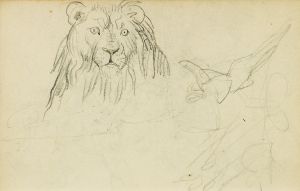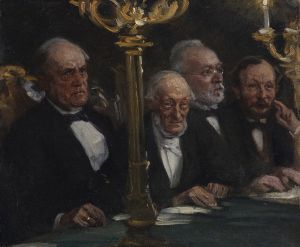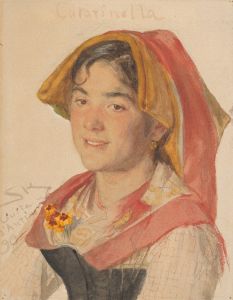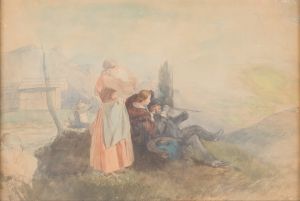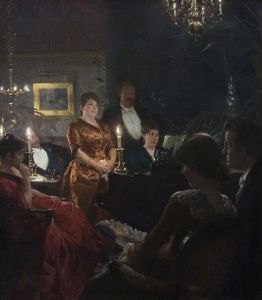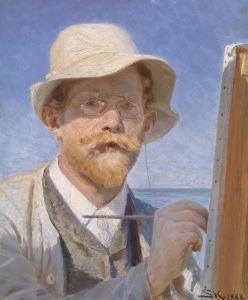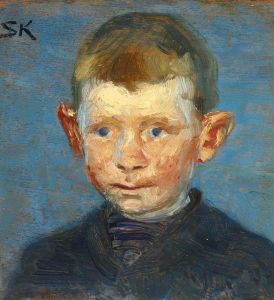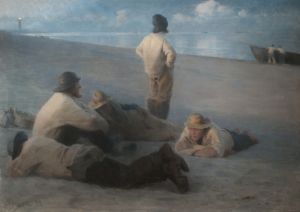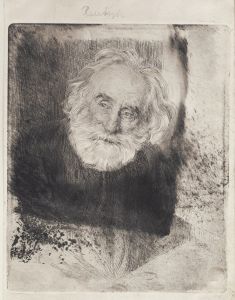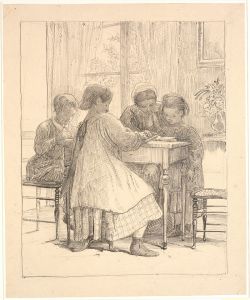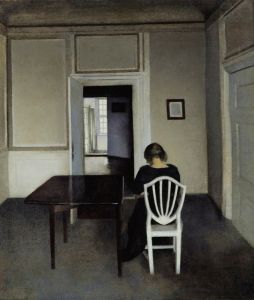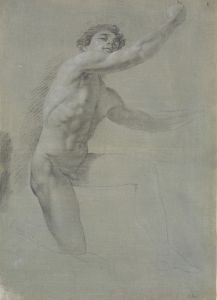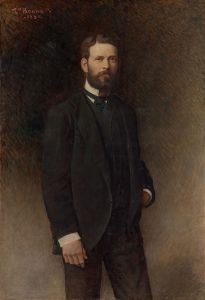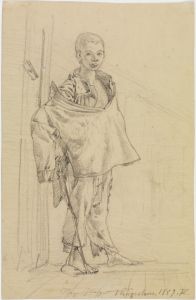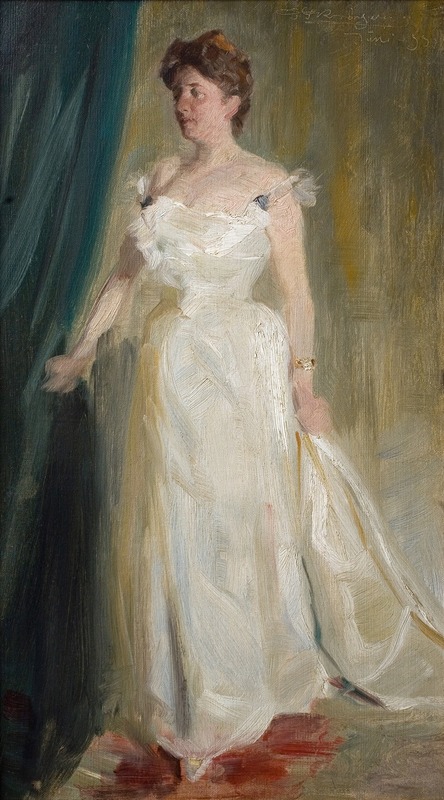
Portræt af lensgrevinde Lillie Suzanne Raben-Levetzau
A hand-painted replica of Peder Severin Krøyer’s masterpiece Portræt af lensgrevinde Lillie Suzanne Raben-Levetzau, meticulously crafted by professional artists to capture the true essence of the original. Each piece is created with museum-quality canvas and rare mineral pigments, carefully painted by experienced artists with delicate brushstrokes and rich, layered colors to perfectly recreate the texture of the original artwork. Unlike machine-printed reproductions, this hand-painted version brings the painting to life, infused with the artist’s emotions and skill in every stroke. Whether for personal collection or home decoration, it instantly elevates the artistic atmosphere of any space.
Peder Severin Krøyer, a prominent Danish painter, is renowned for his contributions to the Skagen Painters, a community of Scandinavian artists who gathered in the late 19th and early 20th centuries in the village of Skagen, Denmark. One of his notable works is the "Portræt af lensgrevinde Lillie Suzanne Raben-Levetzau," which translates to "Portrait of Countess Lillie Suzanne Raben-Levetzau."
This portrait exemplifies Krøyer's skill in capturing the essence and personality of his subjects, a hallmark of his portraiture work. The painting depicts Countess Lillie Suzanne Raben-Levetzau, a member of the Danish nobility. The Raben-Levetzau family was well-known in Denmark, and their social standing often brought them into contact with artists and cultural figures of the time. Krøyer's ability to portray his subjects with both realism and a sense of intimacy made him a sought-after portraitist among the Danish elite.
Krøyer's technique in this portrait reflects his broader artistic style, characterized by a keen attention to detail and a masterful use of light. His portraits often convey a sense of immediacy and presence, drawing the viewer into the world of the subject. In the case of Countess Lillie Suzanne, Krøyer's use of light and shadow would have been employed to highlight her features and attire, emphasizing her status and personality.
The Skagen Painters, including Krøyer, were influenced by the Impressionist movement, which is evident in their use of light and color to capture the fleeting moments of everyday life. However, Krøyer's portraits, while incorporating some Impressionist techniques, often retained a more traditional approach to form and composition, blending the new with the classical.
Krøyer's work was not just about capturing a likeness but also about conveying the character and mood of his subjects. This approach is evident in the "Portrait of Countess Lillie Suzanne Raben-Levetzau," where the interplay of light and the careful rendering of textures contribute to a lifelike and engaging representation.
The painting is part of Krøyer's extensive oeuvre, which includes not only portraits but also landscapes and scenes of everyday life in Skagen. His works are celebrated for their technical excellence and their ability to capture the unique atmosphere of the Danish coast and its people.
Krøyer's influence extends beyond his paintings; he played a significant role in the cultural life of Denmark during his time. His connections with other artists, writers, and intellectuals helped to foster a vibrant artistic community in Skagen, which continues to be celebrated today.
The "Portrait of Countess Lillie Suzanne Raben-Levetzau" is a testament to Krøyer's skill as a portraitist and his ability to capture the essence of his subjects. It reflects the cultural and social milieu of Denmark at the turn of the century and remains an important piece in the study of Danish art history. Krøyer's legacy as one of Denmark's foremost painters is secured through works like this, which continue to be appreciated for their beauty and insight into the human condition.





